
Top Ten Compressed Air Fixes That Power Sustainable Manufacturing Practices
January 1, 2025
The Role of Compressed Air in Robotics and Automation
January 15, 2025The Benefits of Installing Variable-Speed Drive Compressors
Kaishan USA | January 8, 2025| Uncategorized
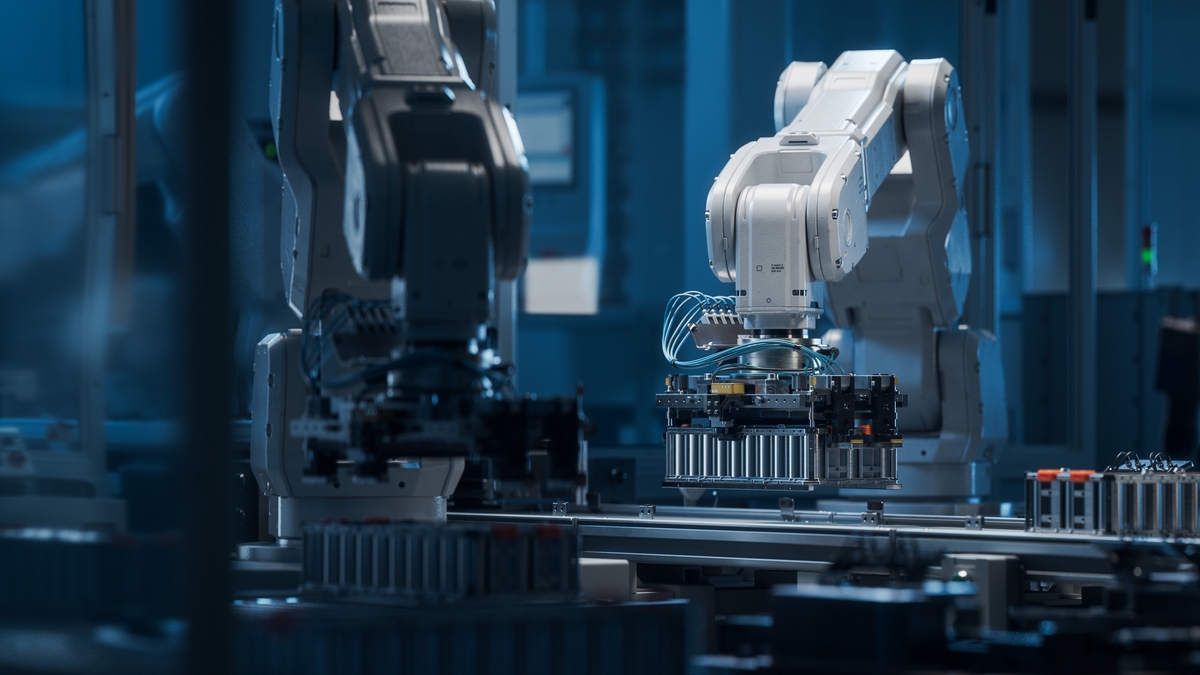
VSD compressors perform best in environments that do not have excessive heat, dust, dirt or airborne contaminants.
By now, most facility managers are familiar with the benefits of equipping their air compressors with variable-speed drives.
You can save energy, lots of it. You can save money. You can get better performance from your compressor with less moisture and contaminants.
A few of these points are worth exploring in more detail.
Save Energy
A variable-speed drive compressor consumes almost no energy when no load is required. It simply shuts down. A fixed-speed compressor, on the other hand, consumes 30-70% of full-load energy in that no-load state.
As a result, a VSD enables an air compressor to operate more efficiently at part-load conditions. That can translate into real savings.
Save Money
You may even qualify for rebates through your local utility.
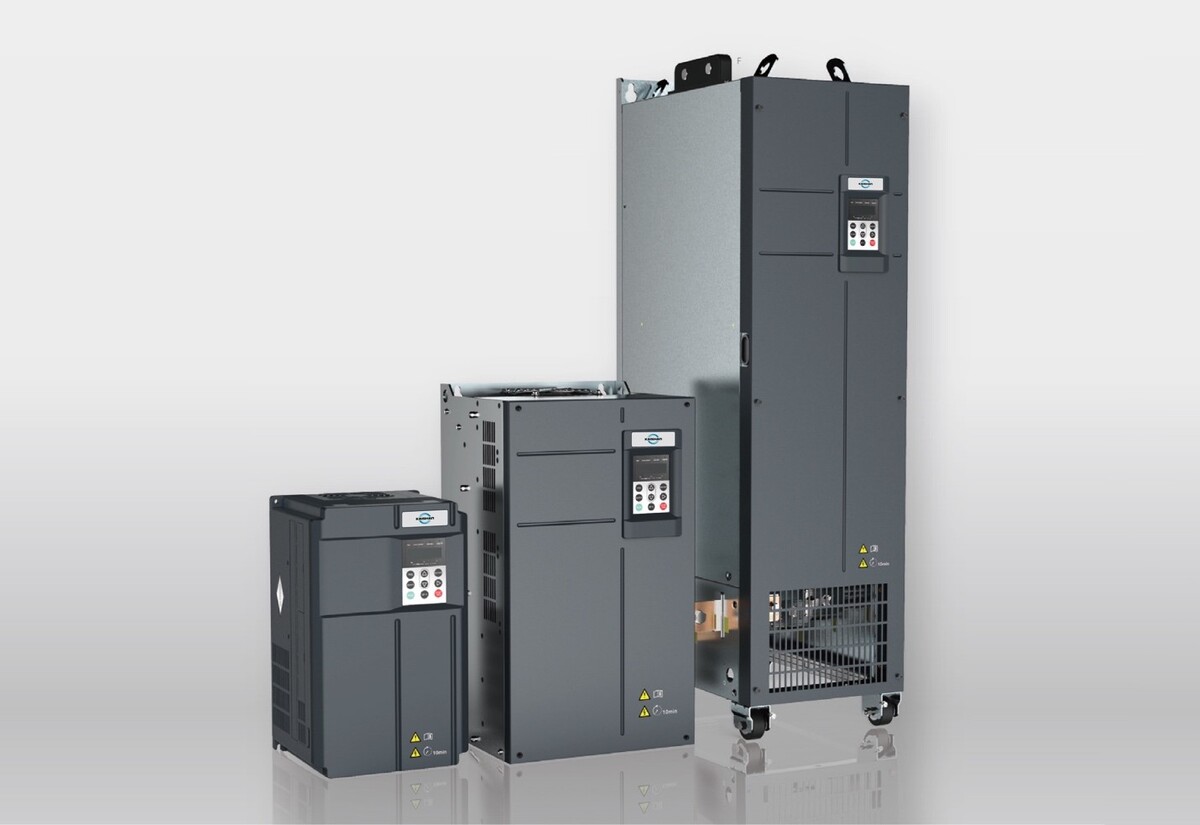
A rotary screw air compressor equipped with a variable-speed drive can operate more efficiently at part-load conditions. But they are not for everyone.
Get Better Performance
A variable-speed drive compressor can gradually ramp up to full speed, avoiding the high in-rush current (six times as high as standard operating current) that fixed-speed compressors draw during startup. Thus, they reduce peak amps, avoiding utility company penalties for increased demand on the power grid.
These soft starts also save energy and reduce the stress on your compressor’s components, extending equipment life. They help you control your compressed air system’s pressure band—the gap you set between load pressure and unload pressure.
Control Your Pressure Band
With a variable-speed air compressor, you can keep the pressure band to +/- 1.5 PSIG, according to CAGI.
That gives you better control of your system and saves a significant amount of energy (and money). For more on the benefits of paying attention to this critical performance measurement, read our blog post, “How Lowering the Pressure Band of Your Compressed Air System Can Save You Money.”
A VSD also allows you to produce air of higher quality. You’ll get a steady flow of compressed air and a reduction in moisture buildup and contamination, especially during periods of lower demand.
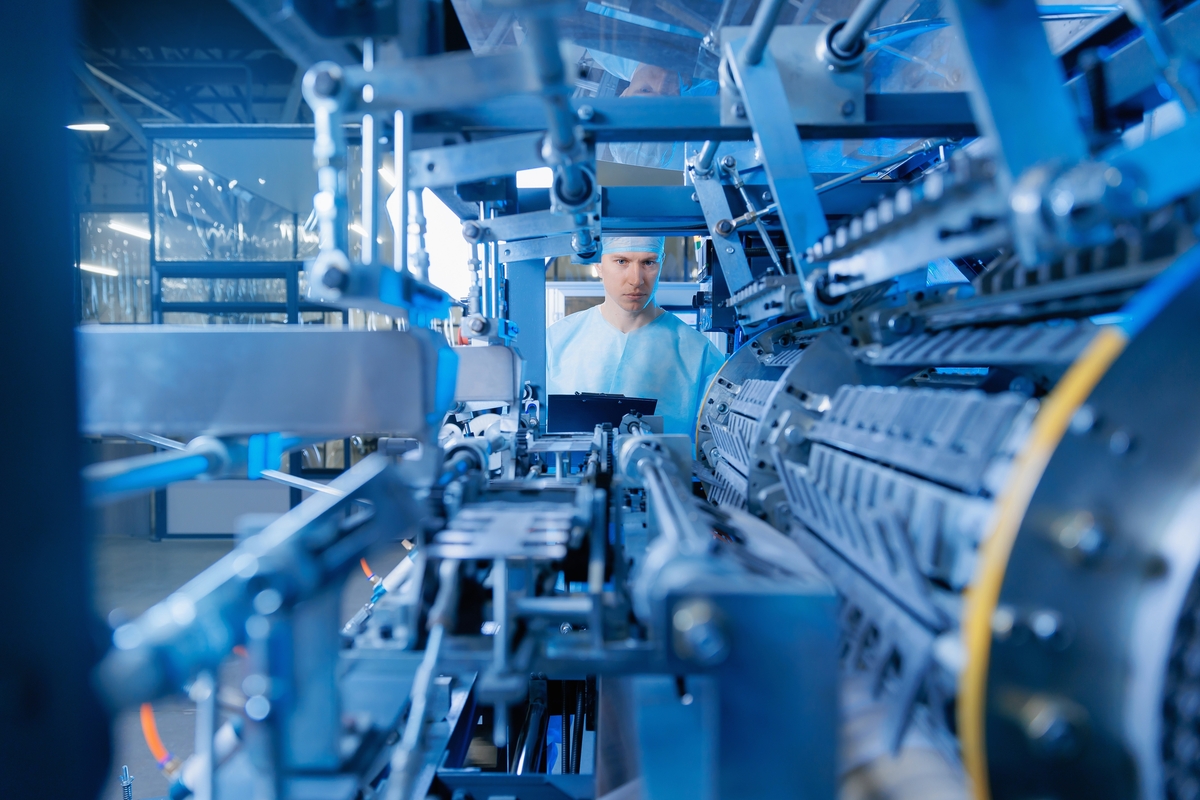
VSDs enable compressors to supply air of higher quality, reducing moisture buildup and contamination. That’s important for applications like this facility, which makes sterile medical bandages and masks.
Not only will you be able to have better control of your system, but you’ll also better match your compressor’s output to your facility’s demand for compressed air.
Match Your Demand Profile
Using a variable-speed drive, you can match the demand profile of your plant as efficiently as possible. Your compressor will only use enough energy to compress the air you need. You can encompass the different demand profiles you might see throughout the day, keeping your system operating as efficiently as possible.
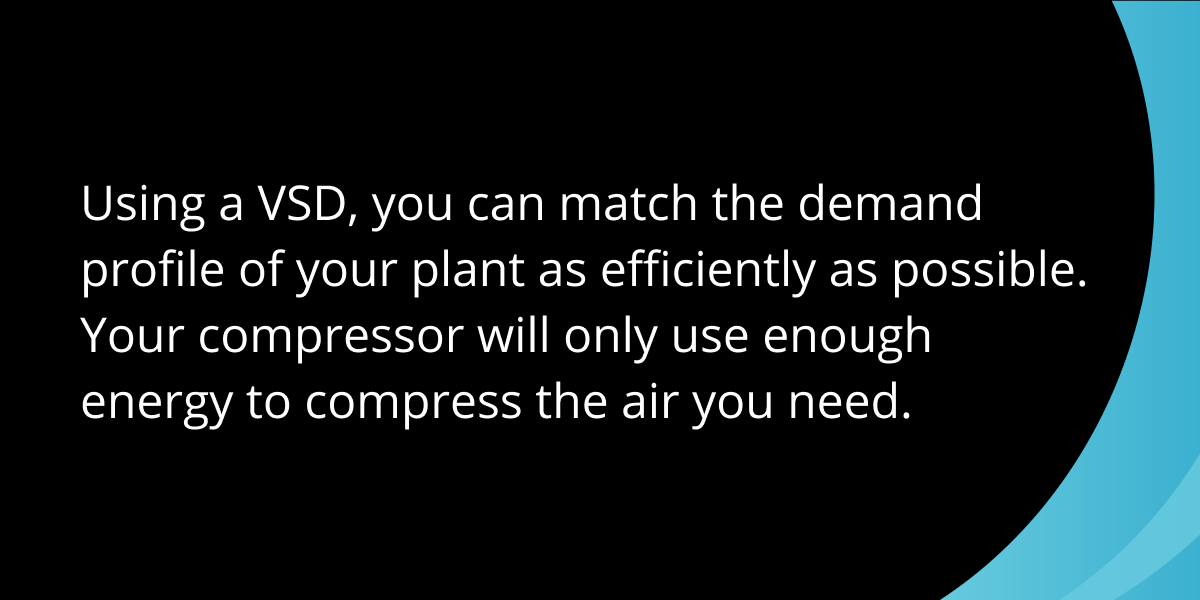
It’s perfect for industrial plants that operate three shifts. For instance, you could use a 100-HP compressor for the day shift but could get by with a 75-HP model on the second shift and a 50-HP unit on the third. That would be an ideal application for a VSD.
But not every plant has that kind of ideal profile.
They’re Not for Everyone
A VSD can actually cost you money if it is not applied appropriately. Here’s why: A VSD compressor has a higher initial cost than a fixed-speed compressor. Plus, frequent breakdowns all too often occur when a variable-speed air compressor is not the right choice for the application, especially in facilities with heavy concentrations of dirt and dust in the air.

Facilities with heavy concentrations of dirt and particulates are not a good application for VSD compressors.
The biggest problem is that people try to use a VSD compressor to cover a capacity range that is too large. Both extremes—too high and too low—cause problems.
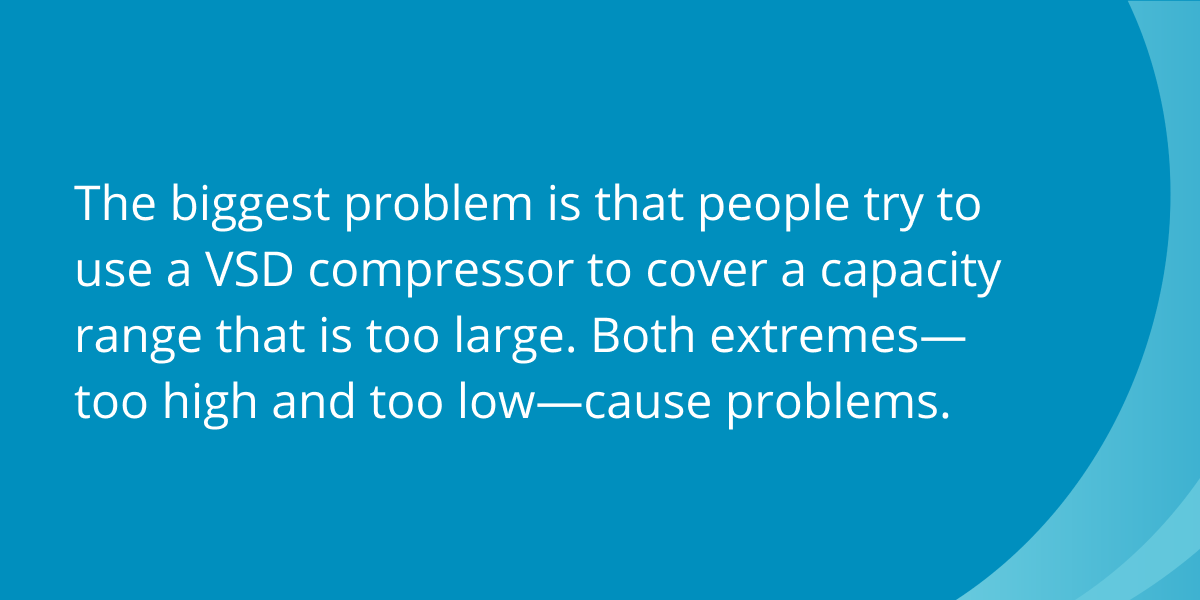
Too High
In a pharmaceutical plant, an air compressor could be running full bore 24/7/365. That’s good for a rotary screw compressor designed to operate at full capacity.
But that’s not the best use of a VSD-equipped compressor (even a rotary screw) because there are energy losses associated with the drive itself. And you’re wasting your money.
Running at a level that’s too low is even worse.
Too Low
We have seen plants where someone tried to anticipate future growth. Or they thought they’d get out in front of a planned expansion, just running their compressor at a lower level until the expansion happens. Good, in theory. However, it is a potential disaster for a VSD. Especially if the planned expansion is delayed or even cancelled.
Here’s why: If you operate a variable-speed air compressor consistently at less than 20% capacity, it will not get warm enough (more than 150∞F) to evaporate the moisture in the air. As a result, your compressor will fill with water, creating the potential for rust and corrosion that will quickly ruin your machine. And all those benefits go down the drain.
If you have excess water showing up when you draw and test an oil sample, you know you have a problem.
That’s why we shoot for a range of 30-80%. And definitely not below 20%. For more on the pros and cons of VSDs, see our blog post, “How Variable-Speed Drive Rotary Screw Air Compressors Save You Money.”
Does that mean you shouldn’t consider a VSD if your demand varies too much? Not necessarily.
What To Do If You Have Too Much Variation
If there are times when your usage is less than 20%, all is not lost. You may benefit from a different configuration of your compressed air system.
Rather than try to cover all your needs with one compressor, you might benefit from a multiple-compressor arrangement including:
- A base load compressor designed to meet your system’s minimum compressed air requirements. It will not fluctuate in output as demand changes. Instead, it should be run at 100% capacity or turned off. When you only need a small amount of capacity, significantly below the base load—like weekends, holidays or a minimal third shift—we recommend meeting that need with a trim compressor.
- A trim compressor is designed to handle fluctuations in demand above the base unit. Since the level of flow needed will rise and fall depending on the needs of your system, rotary screw compressors are a natural for this application. Equipping them with a variable-speed drive makes them more cost-effective and energy-efficient. Trim units are an excellent application for variable-speed drive compressors.
- A backup compressor is on standby if a base or trim unit goes offline. It should be the same size as the base load compressor to fill in appropriately.
Together, the three compressors have you covered in your most likely demand profiles. For more information on a three-compressor approach, read our blog post, “How Energy-Efficient Air Compressors Can Reduce Your Carbon Footprint.”
An alternative to VSDs may also be worthwhile in some applications.
Modulation As a VSD Alternative
Modulation, which adjusts the inlet valve to a partially open position, has traditionally been viewed as a waste of money and energy. But, considering the higher initial cost of a VSD, it may be a more cost-effective way to prevent rapid cycling for some users. The key is to balance the potential cost with the negatives of rapid cycling.
Neither modulation nor VSDs, however, take the place of an appropriately sized compressor and storage tank. It’s a best practice to have both wet and dry storage to remove moisture and maintain stable header pressure. For more on tank storage, see our post, “A Quick Guide to Accurately Size Air Compressor Tanks.”
Sorting out all the options for deploying VSDs is a significant challenge for most companies. That’s why we recommend that companies engage their local compressed air professional to conduct an audit.

If you are considering the purchase of a variable-speed drive compressor, an air audit by a compressed air professional will more than pay for itself.
Start with An Audit
Unfortunately, most companies do not have the technical resources or data to accurately assess their usage levels and configure a system to take full advantage of a VSD compressor.
We’ve proven that audits more than pay for themselves and that’s especially true when considering the addition of a variable-speed drive compressor. Our blog post, “How an Air Compressor Audit Can Reduce Operating Costs” documents actual customer accounts in which audits cut energy use and saved compressed air users tens or even hundreds of thousands of dollars. And, to see all our customer successes, visit our case studies page.
Our nationwide network of independent distributors, stands ready to provide the on-site expertise and consultation you need to make a good business decision about the use of a variable-speed air compressor. These factory-trained air compression experts can also assist you in many other ways, helping you operate and maintain your compressed air system.
Key Takeaways
- VSD compressors save money and energy and improve performance. With less moisture and contaminants.
- But variable-speed drives are not for everyone: They can cost you money if not applied appropriately.
- The biggest problem is that people try to use a VSD compressor to cover a capacity range that is too large. Both extremes—too high and too low—cause problems.
- An audit by a compressed air professional will more than pay for itself, ensuring a VSD compressor is right for your application.
Let Us Help
Deciding whether a variable-speed drive compressor is right for your application is critical to the operation of your compressed air system and all the processes that rely on it. If you need help sorting out the options, get in touch with the experts at Kaishan. Contact us today.
Listen to the Podcast Version
Maximizing Efficiency with VSD Compressors
Welcome back to the Big Dog podcast! We're glad to have you.Jason, I just want to jump right in on this next topic today. VSDs. I keep hearing more about them. What's the story?
Alright, let’s start with the basics. Variable Speed Drive compressors—or VSDs—are all about adaptability. Basically, they adjust the motor speed of the compressor to match your facility’s air demand. That means you’re not using more energy than you actually need. It’s a pretty smart approach, especially compared to the fixed-speed ones that, you know, just run at one speed all the time regardless of demand.
Right, and here’s where it gets really interesting—you know how traditional compressors can just burn through electricity even when they’re not actively working?
Yeah, huge waste there.
Exactly! But with a VSD, when there’s no load—like when your operations slow down—it essentially powers down and uses almost no energy at all. In comparison, a fixed-speed compressor could eat up, like, 30 to 70 percent of its full load energy even when it’s just sitting there doing nothing. That’s, I mean, a massive difference.
And, yeah, that’s where the energy savings really kick in. By tailoring its speed to match demand, it means you’re only paying for what you use. No more, no less. Pretty efficient, right?
Totally. On average, facilities using VSD compressors cut their energy costs by about a third. This is backed by a study from the American Society of Mechanical Engineers—they found that across multiple industries, VSD users saved over seventeen thousand dollars annually. And here’s the best part—the payback period is just two to five years. That’s practically nothing in terms of industrial equipment lifecycles!
Seventeen thousand bucks a year?
Yep. And that’s just the average. Some places with dynamic demand could save even more.
Alright, so we’ve got a system that’s efficient, saves money, and makes adjustments on the fly depending on scenario. That’s a seriously good deal, but it’s not just about the dollars. There’s more to it in terms of what these systems bring to performance...
The Pros and Cons of VSD Compressors
Right, and speaking of performance, one of the most impressive things about VSD compressors is their ability to hold a super consistent pressure band—what is it, like +/- 1.5 PSIG? That kind of precision is a game-changer for applications that really need steady air flow.Yeah, and it’s not just about the airflow. Narrower pressure bands mean your system’s not constantly cycling up and down, which, over time, saves wear and tear on the equipment. You’re looking at longer compressor life and less maintenance. That’s real money saved right there.
Exactly. And the benefits don’t stop there. Keeping that pressure steady improves the quality of the air, too. Less moisture buildup, fewer contaminants—it’s like giving your entire compressed air system an upgrade.
Alright, but let’s get real for a second. VSDs aren’t perfect for every setup. Take plants with heavy dust or dirt in the air. Those environments can spell trouble for these systems. Dust gets into everything and, trust me, it’ll ruin a VSD compressor faster than you can say, “Replacement part.”
Totally, and let’s not forget facilities with really erratic air demand. Like, if your usage fluctuates from almost nothing to full blast? Not ideal.
Exactly. Those big swings can push the compressor out of its efficiency sweet spot, either overloading it or running it so low you start seeing condensation problems inside the machine. And once rust and corrosion set in—game over.
Yikes. And then there’s the cost factor. I mean, VSD compressors aren’t cheap upfront. You’ve gotta factor in a pretty detailed payback analysis before pulling the trigger.
For sure. If you’re not seeing enough energy savings or your application doesn’t totally line up with what these machines do best, you’re just throwing money away.
Right, but for the right environments—especially those with more stable demand profiles—those upfront costs can pay off big time.
How to Optimize Your Compressed Air System
So, building on that, let’s talk about how you can actually optimize your compressed air system to make sure it performs at its best. If you’re considering adding a VSD compressor to your setup, one of the first steps you absolutely can’t skip is an air audit. Those are critical, right?Absolutely. An air audit’s not just some checkbox exercise. It’s about understanding what your system needs at a deeper level. You’ve got to pinpoint what’s really going on with your demand profile—it’s not one-size-fits-all, you know?
Exactly. And here’s the thing—those audits don’t just tell you if a VSD is the right fit. They can reveal inefficiencies you might not even know about, like leaks or misaligned pressure settings that are just bleeding your system dry.
Yeah, and once you have that data, you can think bigger picture. Like, instead of relying on one compressor to do it all, why not go for a multi-compressor setup? You’d have your base load unit handling the steady work, a trim compressor to manage fluctuations, and a backup unit just sitting there ready to jump in if anything goes sideways.
Right, and the flexibility of that approach is a game-changer. It’s especially useful for plants with those big swings in demand, like the kind that run three shifts. You can use exactly what you need—no more, no less.
Exactly. And here’s the kicker—by splitting the load across multiple compressors, you’re not overworking any one machine. That means longer life spans and less downtime across the board. Plus, you’re optimizing your energy use, and at the end of the day, that’s money in your pocket.
Totally. And to all our listeners—what’s your system like right now? Could a setup like this bring better efficiency to your operation without breaking the bank? Maybe you don’t need a VSD after all—a traditional compressor, strategically deployed, could actually be a smarter move for some scenarios.
Yeah, so take a hard look at your setup. Get that audit done, figure out what’s draining your system, and don’t be afraid to ask the tough questions when you’re talking to your vendor. The goal’s not just to check a few boxes; it’s to get something that actually works for you, day in and day out.
Exactly. And on that note, Jason, I think we’ve covered just about everything today. From VSD compressors to system configurations, this was packed with actionable insights.
Sure was. Well, that’s it for this episode of The Big Dog Podcast. Keep optimizing out there, and we’ll catch you next time!
Random stat or
customer quote
textXXtext
text

